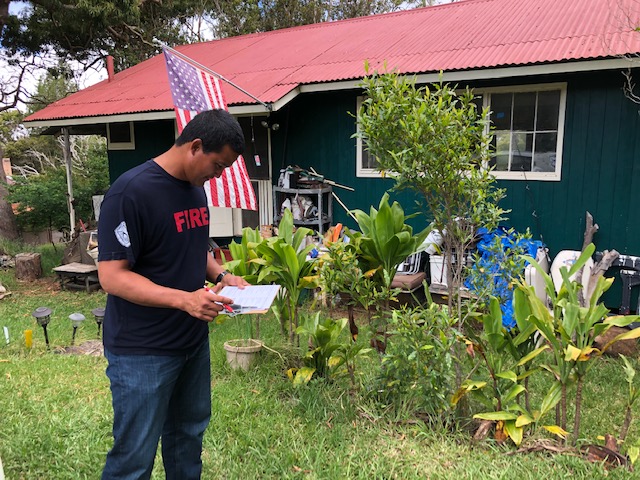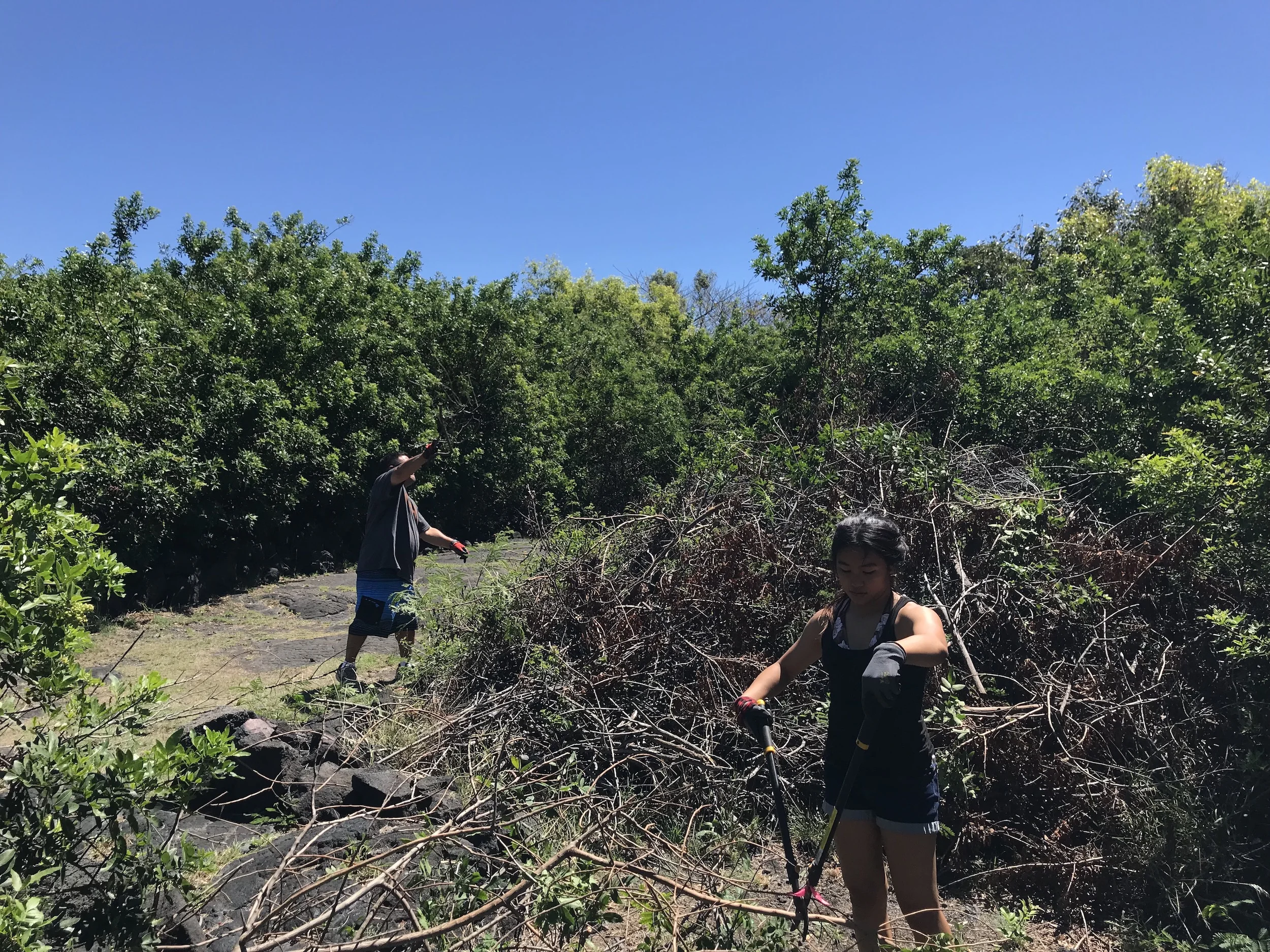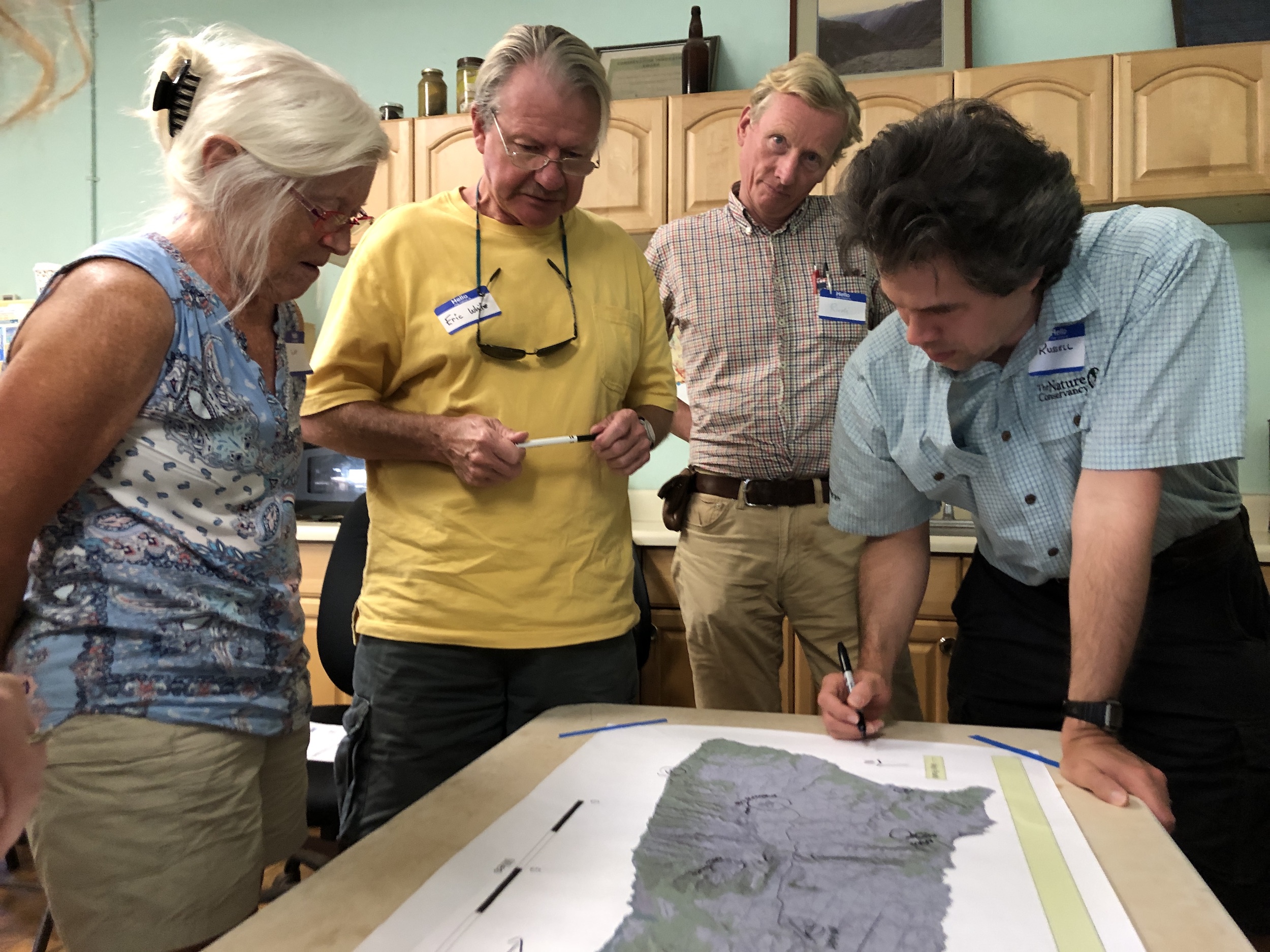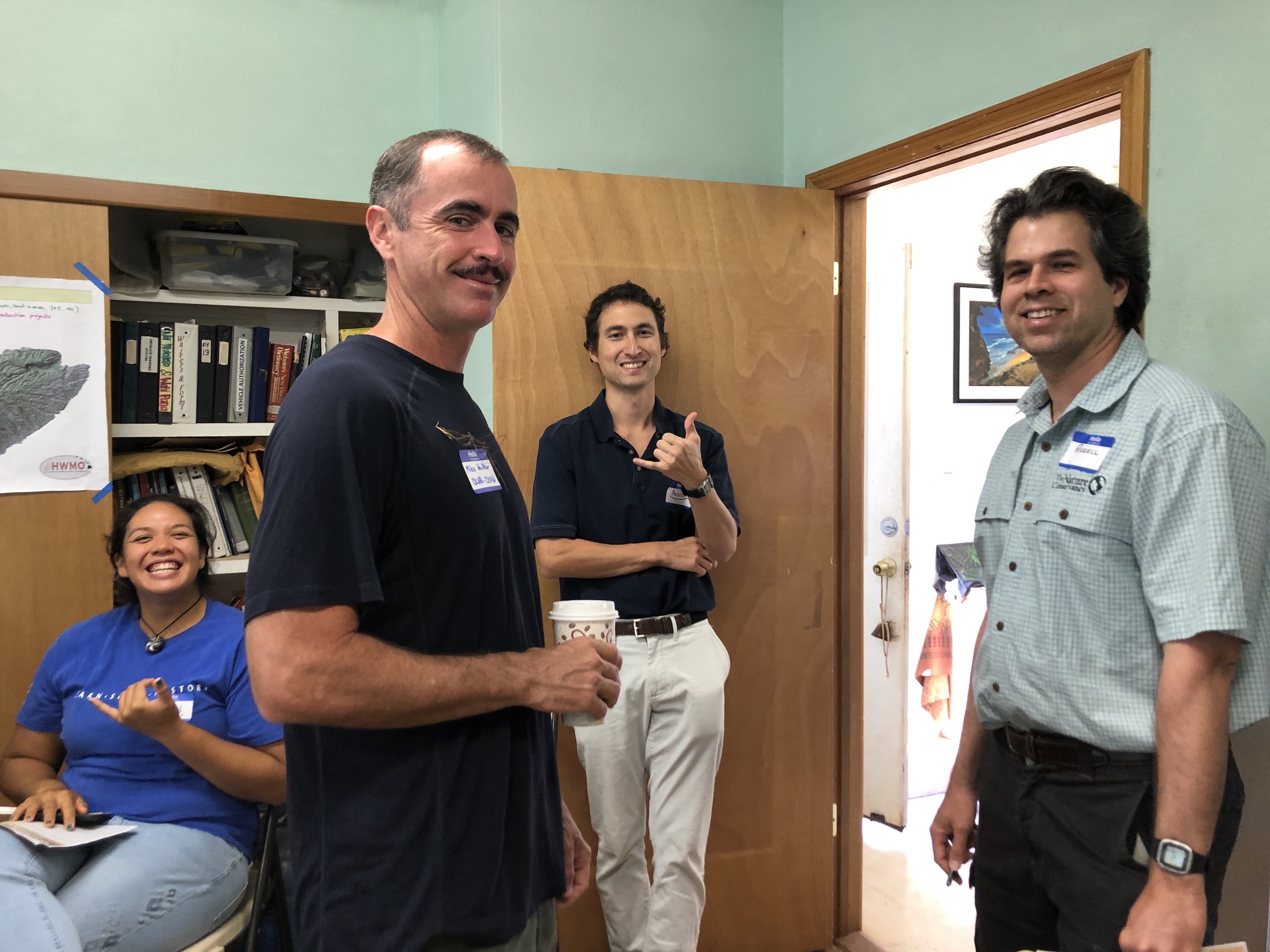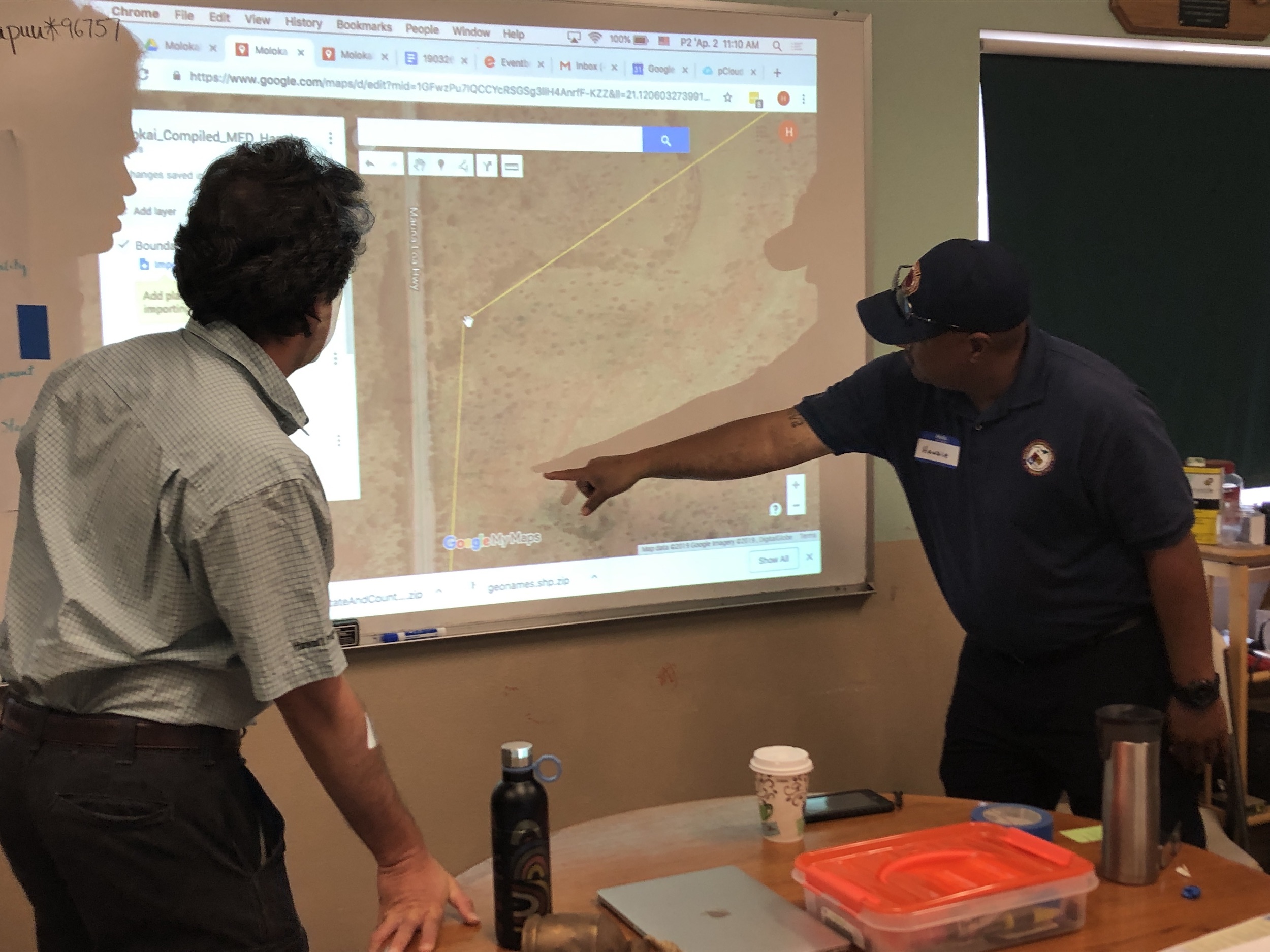Some exciting things are happening involving the potential vegetation (fuel) management tools here in Hawaii. The Natural Resource Conservation Service (NRCS) under the USDA Farm Bill’s Agricultural Improvement Act of 2018 initiated a State Technical Advisory Committee (STAC) in Hawaii to investigate several related topics with designated sub-committees to lead the charge:
Land Easements
Water Quality
Prescribed Fire
Forest Management
Nutrient Management
Photo Credit: US National Park Service
You guessed it; HWMO is front and center in the Prescribed Fire Sub-Committee, and we are helping to determine the possible usefulness of prescribed fire as a land-management technique here in Hawaiʻi. While fire has been used as a tool in Hawaii for a long time in an agricultural context, the idea that prescribed fire can be used to manage land for conservation and fuel reduction is something that has not been explored thoroughly. That is the role of this sub-committee. So far, we are working with partners from the University of Hawaii (UH), the Department of Land and Natural Resources (DLNR), the Division of Forestry and Wildlife (DOFAW), the Hawaii Soil and Water Conservation District, and Hawaii Wildfire Management Organization (HWMO).
While there are many different dimensions to this issue, prescribed fire is not a tool that should be overlooked. In the past 20 years, many states on the US Mainland have taken to using prescribed fire as a cost effective management technique. In these environments it is very necessary to use fire as a tool to manage the forest vegetation that has been overgrowing for the past 100 years due to the intensive suppression regime over the century. While many of those ecosystems are naturally adapted to fire for a multitude of reasons, fire has not become a consistent part of Hawaiʻis larger ecosystem until recently. With the number of fire-prone invasive grasses and shrubs that are populating the Hawaiian landscape, prescribed fire is a tool that needs to be better understood. That is the purpose of this sub-committee; to better understand prescribed fire and its potential benefits and implications in the diverse array of Hawaiian landscapes.
If you have any information regarding prescribed fire here in Hawaii, feel free to contact us at admin@hawaiiwildfire.org. We greatly appreciate any perspectives on this issue that you might be willing to bring to our attention.
To lean more about these public committees and how you can get involved, check out how to take a seat at the table HERE.







































































